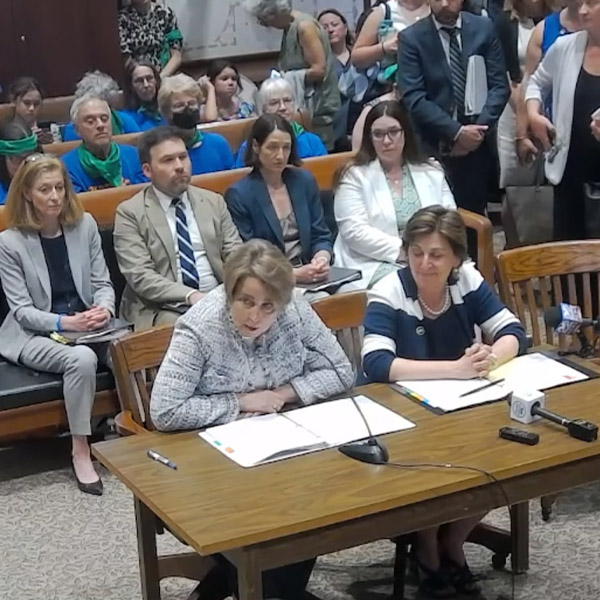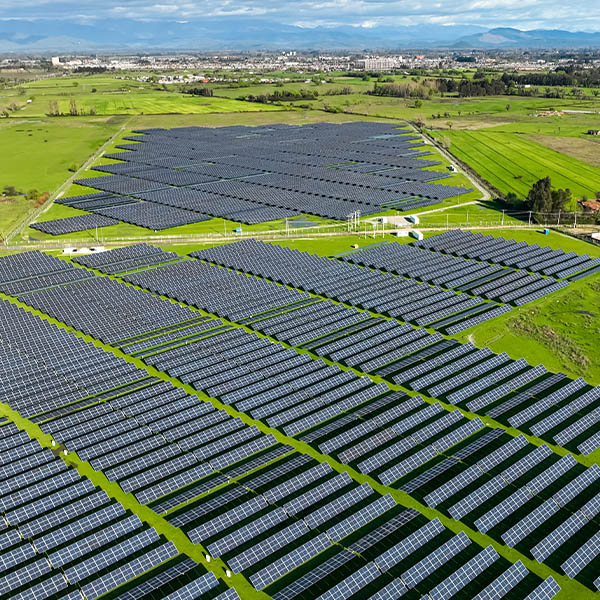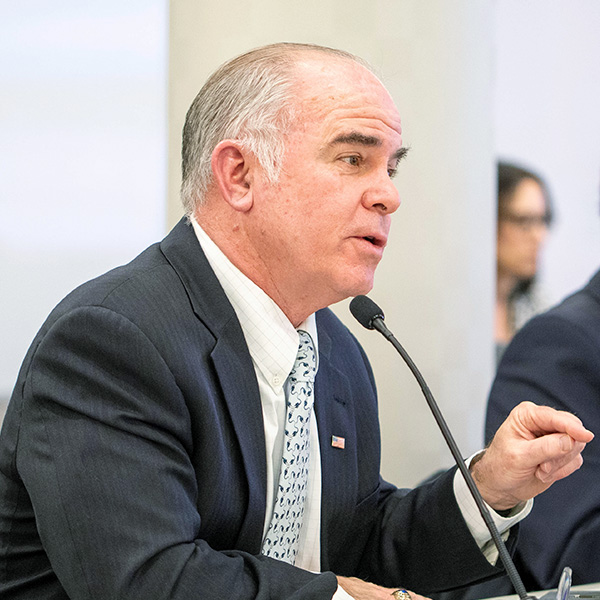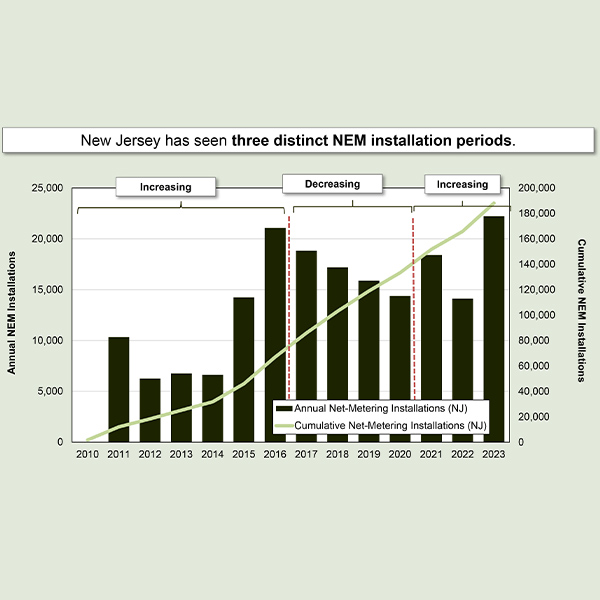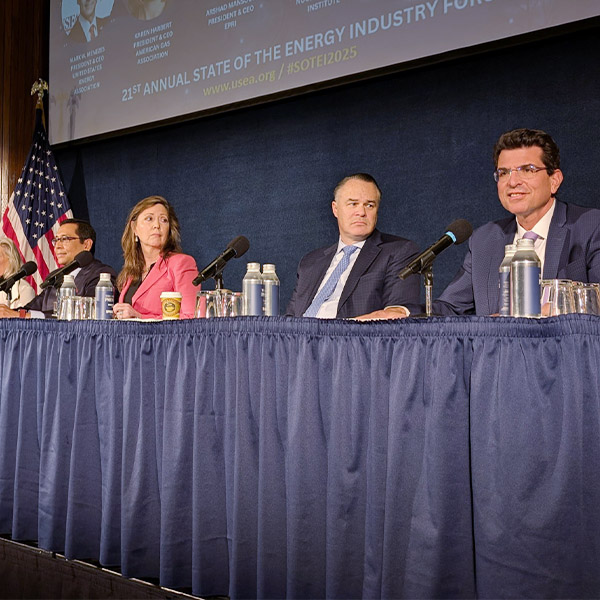Solar Energy Industries Association (SEIA)
Clean energy advocates and a range of stakeholder groups expressed support for a sweeping energy bill introduced by Massachusetts Gov. Maura Healey while offering suggestions for avoiding “unintended consequences.”
NERC defended its proposed standard on inverter-based resources from stakeholder criticism on several aspects, including its development process and exemptions for legacy technology.
Industry stakeholders called for a number of revisions to NERC's proposed inverter-based resource ride-through standards, mostly involving the exemption process for legacy inverters.
CERAWeek 2025 by S&P Global examined the changing energy landscape through 14 themes, from policy and regulation to climate and sustainability, but none seemed to draw more focus than the rapid expansion of AI and is potential transformative effects.
PJM stakeholders voted for a third consecutive meeting to delay acting on revisions to Manual 14H intended to clarify when developers may add or remove parcels from their project footprint.
A more than 40% decline in New Jersey solar installation capacity from 2023 to 2024 has added to the debate over how to retool the state’s net-metering system to help advance the solar sector.
To build a reliable, affordable and clean electric power system, the U.S. energy industry and customers will need to shift their thinking about what a reliable system looks like, according to a study from nonprofit think tank Energy Innovation Policy & Technology.
The U.S. has enough solar panel manufacturing capacity to produce more than 51 GW of panels per year, with another 17.5 GW under construction and 23.5 GW of additional capacity announced.
The Energy Association's 21st Annual State of the Energy Industry Forum reflected the quickly shifting landscape of national energy policy and the resulting shift in industry priorities and narratives.
The data center dilemma centers first on a familiar mismatch of timescales. Utilities and their regulators tend to plan based on the small, incremental demand growth. But development and the power demand it generates move at ever-increasing digital speed.
Want more? Advanced Search
